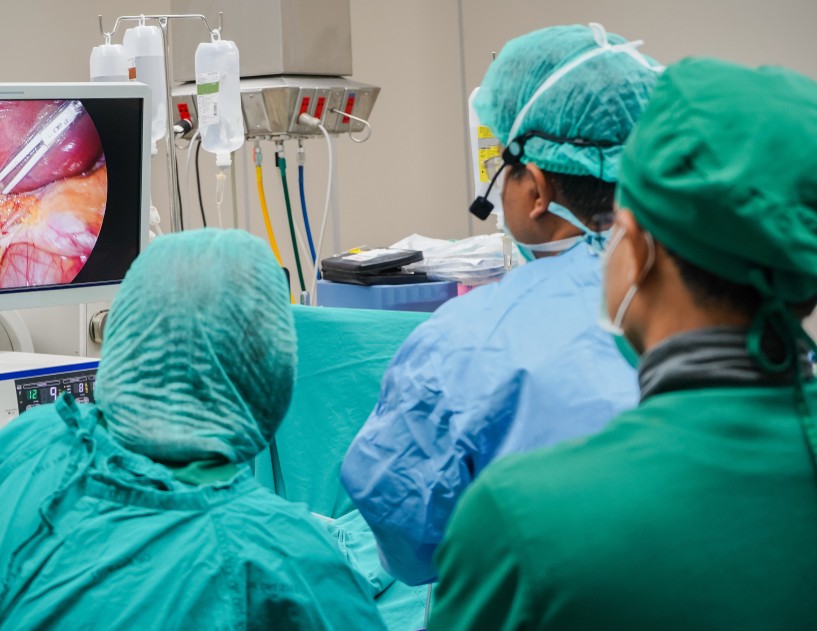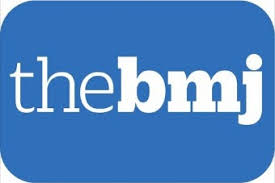Advances in ambient AI bring precision to OR performance

Pinpoint accuracy in surgical technique has advanced beyond what many ever thought possible. Unfortunately, such refinements have been slower to reach the perioperative business front. OR leaders often rely on vague metrics and educated guesses to guide their teams. Ambient artificial intelligence (AI) is changing that. When integrated with data…
Streamlining surgical workflow with better team communication

Effective communication is the foundation of patient safety in the modern surgical environment. Most surgical procedures depend on seamless collaboration among surgeons, nurses, surgical technologists, and anesthesiologists, and when communication breaks down, patient risk rises sharply. In 2024, the American College of Surgeons reported standardized surgical handoffs improved adherence to…
New NIH-backed trial targets advance care planning for older surgical patients

Editor's Note Fewer than one in ten older adults undergoing major elective surgery complete advance care planning (ACP), but a new multisite randomized trial aims to change that. According to a September 23 article published by BMJ Open, the study design for the I CAN DO Surgical ACP trial has…
AORN: Periop patient ambassadors transform communication, outcomes in surgical care

Editor's Note Hospitals adopting perioperative patient ambassadors are seeing major gains in surgical communication, patient trust, and satisfaction, AORN August 18 reports. An EIN Presswire release on September 30 also highlights AORN’s call for hospitals to formalize the patient ambassador role as part of the surgical team. AORN notes that…
Surgical leaders urged to weigh risks, rewards of innovation with a critical eye

Editor's Note Innovation is transforming surgical care faster than most institutions can keep pace, but leaders must distinguish between investments that advance patient care and those that add cost without meaningful benefit. That is the central message from a September 8 Harvard Medical School article featuring insights from Jon O.…
PACU initiative cuts emergency response times from 9 to 2 minutes
Editor's Note A multidisciplinary quality improvement effort at Vanderbilt University Medical Center sharply reduced response times to post-anesthesia care unit (PACU) emergencies, demonstrating a model that other hospitals could replicate, OR Management News September 1 reports. By combining education, clear role identification, standardized anesthesiologist notification, and recurring mock code drills,…
Nurse legal literacy protects practice, empowers practitioners

Know the law. It could save your patients’ lives and your staff members’ practices. This is the advice of several medical legal experts to OR leaders to prevent lapses in patient protections that risk injury or even death. Beyond ensuring safe surgery and preventing litigation, perioperative nursing experts who advance…
Health systems lean toward established partners for AI adoption
Editor's Note Most US health systems are choosing artificial intelligence (AI) tools from vendors already connected to their electronic health record (EHR) systems rather than from new, standalone AI startups, Modern Healthcare August 14 reports. The findings come from a July survey of 233 health systems conducted by the Healthcare…
Nurse-focused EHR training aims to cut burnout and prep for AI future

Editor's Note Epic has introduced a free training program to help nurses and medical assistants reduce time spent using electronic health records (EHRs), addressing a key factor contributing to widespread burnout. According to a recent article in Fierce Healthcare, the Nursing SmartUser classes launched during National Nurses Week and aim…
Partnership with Epic fuels ASA’s push for smarter, safer anesthesia

Editor's Note The American Society of Anesthesiologists (ASA) has partnered with Epic to launch the Anesthesia Community Registry (ACR), which is designed to enable easier data collection, benchmarking, and insight generation at scale. Powered by Epic’s new Community Registries platform, the ACR will complement ASA’s existing National Anesthesia Clinical Outcomes…

 Free Daily News
Free Daily News